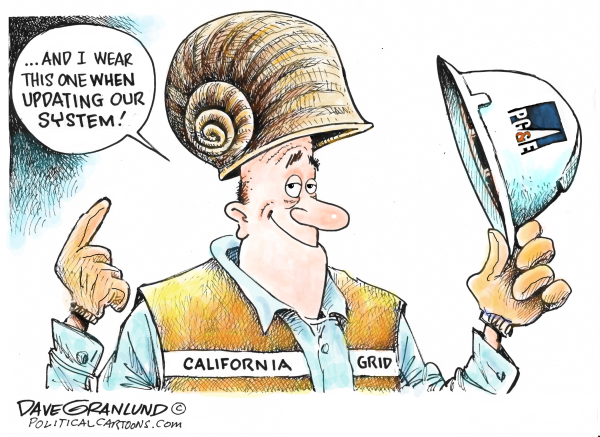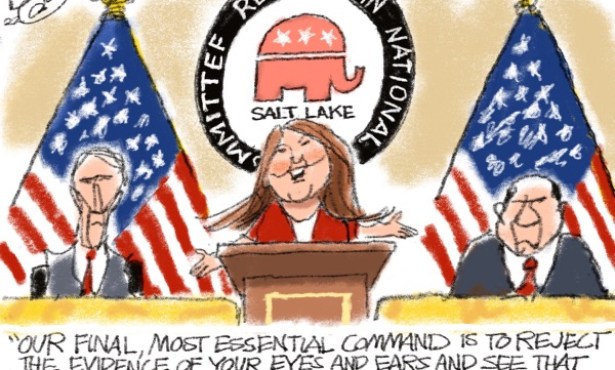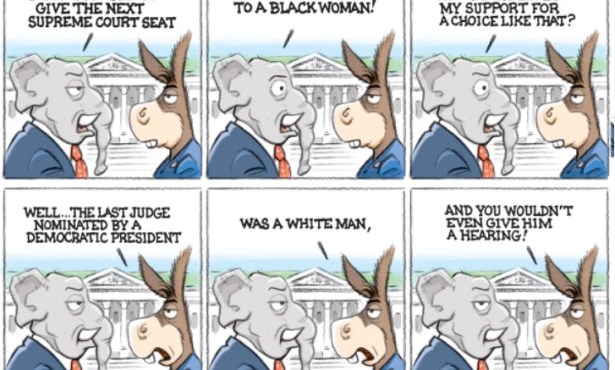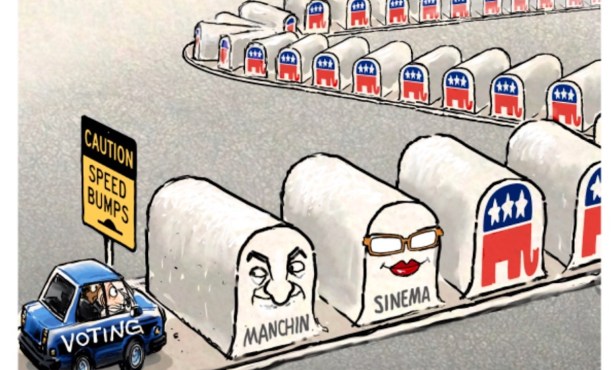California Burning
Local and State Governments Must Respond

As I write this, there is a smoke advisory warning for Santa Barbara from the Maria Fire in Ventura County with fires burning across Los Angeles, Sonoma, San Bernardino, and Riverside counties.
This is not going to alter. Because of climate change, it has become a permanent condition. While wildfires have always been part of the California landscape, warmer spring and summer temperatures, reduced snowpack, extended drought, and hurricane-force winds (which reached 70 mpg during the current fires) have not. They are climate change consequences. Clearly, we have to cut greenhouse-gas emissions, which politically is not happening. In the meantime, these yearly firestorms have created terrible dilemmas and challenges for local and state governments: what to do about permitting building in the Wildland Urban Interface (WUI), and how to respond to utilities cutting power during severe fire conditions.
A WUI is a zone of transition between wild, unoccupied land and human development. In Santa Barbra this means hillside and open brush lands, along with oak forests in the mountains. WUI communities are at risk of catastrophic wildfire.
Santa Barbara has a Wildland Building Fire Plan. It addresses: roof types, proximity of structures, water supply, fire response times, removal of flammable vegetation, fire breaks, evacuation plans, and public education — all good things. It does not, however, address the “elephant in the room”: prohibiting new building in the WUI.
Despite these kinds of fire prevention measures, fire ecologists are clear: “houses built in risky places are impossible to fire-proof”. According to CalFire, 80 percent of houses destroyed in the Thomas Fire had fire-resistant exteriors. And 90 percent had fire-resistant roofs.
I understand that local governments, like Santa Barbara, are confronted by growing populations and a strong developer economic lobby. However, in the face of climate change–induced infernos, warning consumers that living in a high fire zone is dangerous and mandating fire-resistant roofs etc., are not antidotes to hurricane-force winds fanning a wildfire racing through tinder-dry brush and forests toward their homes.
Legally, Santa Barbara cannot stop people from rebuilding in these areas. The city and county (and other municipalities on the Central Coast), however, can and should prohibit new WUI building. Not doing so will inevitably cause more destruction, more evacuations, and more deaths in the future.
Because of the threat of fire, Pacific Gas and Electricity (PG&E) shut off power to almost 800,000 homes and businesses. Southern California Edison (SCE), Santa Barbara’s provider, shut of power to 84,000 customers at the peak of the Maria Fire. Both utilities’ power lines have been implicated in starting fires.
Deliberately leaving hundreds of thousands of customers in the dark for days is not a solution. These shutdowns jeopardize health (especially of the infirm and elderly), spoil food, cause business losses, and traumatize customers dealing with the fear of fire “in the dark.” California is not developing a viable legal response to these shutdowns. California requires utilities to create plans to “lessen the effects” of shutoffs, which include advance notice and monthly discounts for individuals with sensitive medical conditions. These kinds of palliative responses are not responsive to the damage caused by power shutoffs.
Distributed generation — power sourced directly from individual, small-scale projects rather than generated by power plants — is responsive. Grid shutdowns would not cut off this kind of power. Solar power generation with energy storage should be incentivized.
Overhead power lines can be made safer. Utilities are developing technologies that can, in the case of fire threat, turn off power to broken lines in a fraction of a second rather than shut down the entire grid. Some utilities are burying power lines underground. (San Diego Gas & Electric has buried 60 percent of its lines). This is something Santa Barbara and Ventura cities and counties should work with SCE to do wherever feasible.
Climate change is a game changer.” In the case of fire, state and local governments are going to have to develop responses capable of dealing with this kind of threat.



